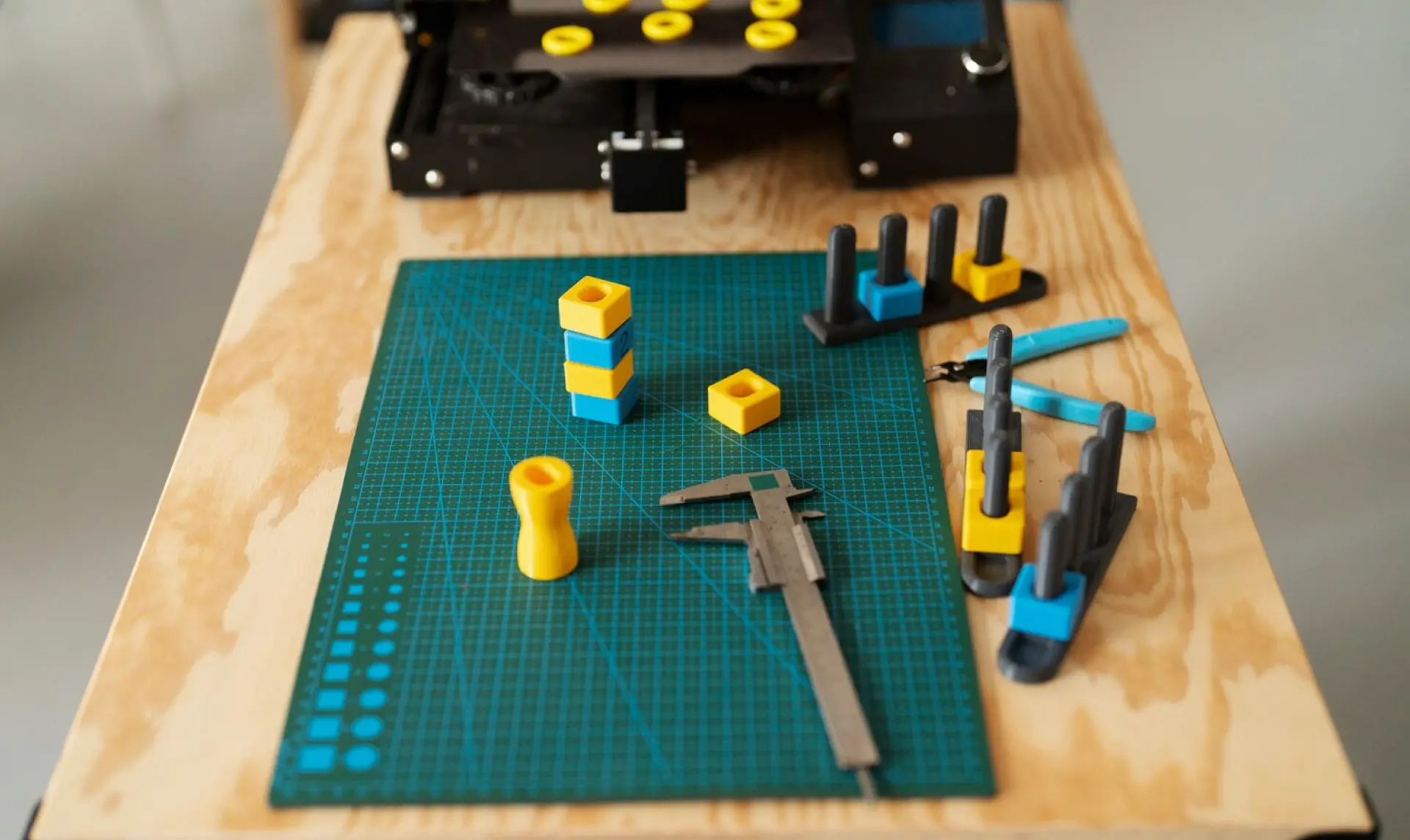




Quick Links:







Before purchasing, installing or using a 3D printer, ask the following questions to determine the risks involved with a 3D printer.
What process technique does the 3D printer use? Certain techniques pose more hazards (lasers, hot objects, moving parts, etc.) than others. See a Summary from NIOSH (National Institute for Occupational Safety and Health) Listing the various 3D printing processes, and Their Prominent Hazards.’’
Click here:Potential Hazards of Additive Manufacturing
What build material will be used and how will it be handled? Read the SDS of the material to be used. If there is not enough or incomplete information concerning the build material, research it.
What will be the ventilation requirements? A chemical fume hood is the best option but a snorkel may be sufficient depending on the hazards identified. Ductless fume hood and general room exhaust ventilation may be sufficient but their suitability depends on the hazards identified.
What is/will be the frequency of 3D printing activity? Increased frequency translates into increased exposure to the hazards.
What time of day will the 3D printer be operated? Many 3D printers take many hours to create a product, by running them mostly during off-hours this can help reduce exposures.
How will you be processing the product once the 3D printer finishes? How will you remove the excess build material? How will you be removing the supports? Will you be polishing the product? Due to the health hazards of ABS feedstock/filament, an industrial hygiene (IH) assessment may be required to characterize exposure and ensure adequate/effective controls are in place. Contact hse@kaust.edu.sa for an IH assessment.
What excess build material (resin, powder, biomaterial, etc) is being removed and what are its hazards?
Note: Since it is a build material, this hazard assessment should have been determined before even beginning.
How and where will you be cleaning the excess powder from your object?
Since many powders used for 3D printers are of very fine grade.
What are the hazards (irritants, flammable, GHS health hazard) of the excess build materials?
What tools are you using?
If a chemical bath, what are the hazards of the chemicals involved?
If a cutter, is it a mechanical or high energy cutter and does it introduce another hazard?
Where are the supports falling to?
The removed supports can be sharp, can they create a puncture hazard?
Surfaces smoothed or polished.
What tools and techniques will you be using?
How much dust will be created?
What are the hazards (flammable, toxic, corrosive) of the solvent?
What material (resin, particles, biomaterial, etc) is being removed? Curing (resin based build materials). Photopolymerized resins usually need to be cured further by placement in a heated oven and subjected to ultraviolet (UV) light to attain maximum strength.

As the supports are torn and cut off (pictures 1&2), small pieces of the supports (picture 3) can pose eye hazards (wear safety glasses!), possibly even puncture hazards depending on the supports. This task is best done over a trash can. Like sanding any material, be cautious of the dust created (picture 4).
In addition to the minimum PPE set forth in PPE Standard for KAUST Laboratories, researchers may need to select additional PPE to be utilized. For more information see;
Laser safety eyewear will be required if laser beam is directly accessible (i.e. servicing, maintenance, etc). Eyewear type will depend on wavelength and power level of laser. Contact hse@KAUST.edu.saif you have questions.
Respirator usage requires enrolling in the Respiratory Protection Program

Engineering controls should be used as much as possible when working with 3D printers. If you believe your current engineering controls are not sufficient and a respirator is needed, consult hse@kaust.edu.sa for further information regarding possible respirator usage.